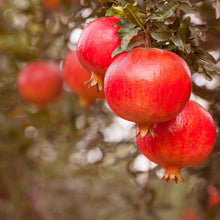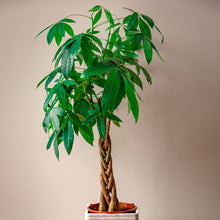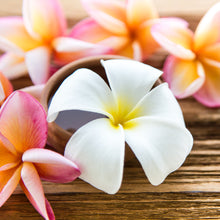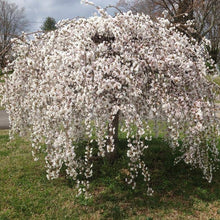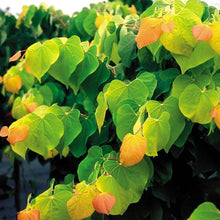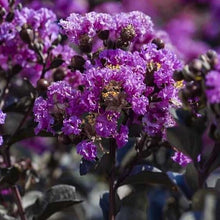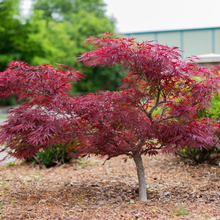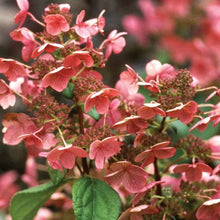Sort by: featured
Category
- Black Diamond Crape Myrtles
- Citrus Plants
- Citrus Trees
- Crape Myrtles
- Disease Resistant
- Dogwood Trees
- Dwarf Fruit Trees
- Dwarf Trees
- Fast Growing
- Fig Trees
- Flowering Cherry Trees
- Flowering Trees
- Fruit Trees
- Fruits & Berries
- Gift Trees
- Gifts
- Gifts for Gardeners
- House & Patio
- House Plants
- Hydrangea Trees
- Hydrangeas
- Japanese Maples
- Low Maintenance
- Maple Trees
- Pear Trees
- Redbud Trees
- Shade Trees
- Shrubs
- Trees
- Tropical Fruit Tree
- Tropical Plants
- Tropical Trees
- Wisteria
Mature Height
Mature Width
Soil Type
When to Prune Trees
Most trees should be pruned in late winter or early spring. Deciduous trees are dormant at this time and evergreens have slowed down their processes. Time pruning close to dormancy break or the start of the growing season for the best results. Flowering trees that bloom in spring should be pruned after they complete their blooming cycle. Summer blooming trees should be pruned when they are dormant in late winter or early spring. Tropical trees can be pruned anytime of year. Minor pruning of dead, diseased, or broken branches can be done at any time for any type of tree.
How to Fertilize Trees
If your tree is growing well and looks green and healthy, then no fertilizer is required. If your soil is nutrient poor or your tree needs a boost, apply fertilizer in spring. Our balanced slow release fertilizer is safe to use when planting and throughout the year. The polymer coated formula prevents plant burn and feeds your tree for up to 6 months!
How to Plant Trees
Your potted tree should be watered well prior to planting to ensure the root ball is as moist as possible. Dig a hole about twice as wide as the root ball. When you place your tree in the hole, the top of the root ball should be slightly visible above the soil line. Gently tamp the soil back in the hole around your tree’s roots. Immediately after planting, water deeply at the base of your tree until the ground can no longer hold water.
When to Plant Trees
The best time to plant trees varies widely depending on the type of tree and your climate. In general fall is the best time to plant trees for most climates because of the cool temperatures and often damp conditions. At this time trees are beginning to slow down and prepare for dormancy or winter so the energy is more likely to be diverted into root growth over leaf growth. For many trees planting in winter if the ground is diggable is a great option. Spring planting works well too. If you live in a tropical climate try to avoid planting in late spring or summer when temperatures are high. When planting trees in summer be sure to provide plenty of water to combat heat stress.
How to Mulch Trees
Mulching trees has many benefits, including reducing weed growth and evaporation, conserving moisture, improving soil as it breaks down, reducing the risk of soil compaction and damage from lawn equipment, and regulating soil temperature. Mulch reduces the need to water which means less work for you! Apply a 2 inch layer of organic mulch. Cover the entire rootzone or measure the mulch out as wide as the canopy of a newly planted tree or a couple inches wider. Do not mound the mulch up against the trunk of your tree. This can encourage disease and pests to invade your tree. For cold sensitive trees, apply a thicker layer of mulch in winter up to 4 inches thick.
Where to Buy Trees Online
Find trees for sale online at PlantingTree. Browse our privacy trees, flowering trees, shade trees, evergreen trees, tropical trees, and dwarf trees for sale. You can’t beat our huge selection of trees! Scroll up to view our current inventory. We ship mature trees up to 6 feet tall right to your home! Buy trees online and have them quickly shipped to your doorstep!
For additional options, be sure to check out our online plant nursery for Privacy trees, Shade trees and Flowering trees.


